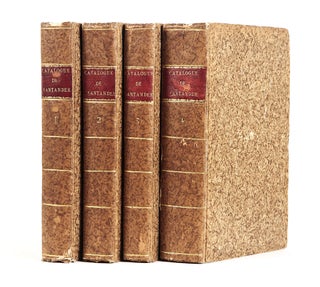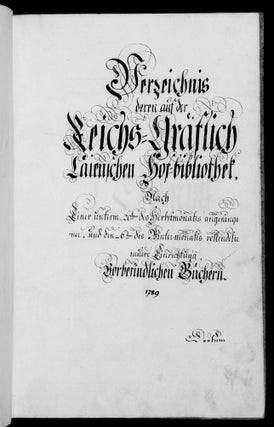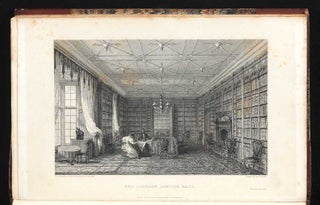![Item ID: 8938 Handscroll on mica-sprinkled paper, entitled at beginning of text “Nikkosan gohan haiken no oboe gaki” [“Nikko Mountain Forced Rice Eating Ceremony, Revealed”]. GOHAN SHIKI, Ceremony of Forced Rice Eating.](https://jonathanahill.cdn.bibliopolis.com/pictures/8938.jpg?width=768&height=1000&fit=bounds&auto=webp&v=1680727373)
Big Bowls of Rice
Handscroll on mica-sprinkled paper, entitled at beginning of text “Nikkosan gohan haiken no oboe gaki” [“Nikko Mountain Forced Rice Eating Ceremony, Revealed”].
Scroll on paper (260 x 2440 mm.), carefully backed, new silk front endpapers, wooden core roller. [Nikko?]: with date “20 April 1863” at beginning.
During the Edo period, the Nikko Gohan Shiki ceremony was held frequently at the Rinnoji temple in Nikko. The ceremony was part of Nikko’s ancient mountain Buddhism. Paying visitors entered the Sanbutsu-do Hall to witness the ritual of compulsory rice eating. A procession of monks, led by a yamabushi (mountain priest) blowing a trumpet shell, entered the hall. The monks dispensed large bowls to six participants, each containing 5.4 liters of cooked rice, representing 75 bowlfuls (the number “75” in Buddhism represents all creation). Although all the participants were urged to eat every grain, the rice was actually not eaten. It was believed that those who participated in or witnessed the ceremony would have good family fortune and a happy life.
Our scroll contains five scenes, all painted with fine coloring. We learn at the beginning that the detailed explanatory text was written by Utsunomiya fiefdom samurai, Eizo Kawai. The first scene depicts three samurai all from the fiefdom of Utsunomiya, who were participating in the ceremony. The first is Shichiuemon Tsunekawa, a house elder representing the fiefdom lord, Toda Echizen no kami Tadayuki. The others were Kansuke Suganuma and Tozo Oda. These three samurai are receiving the large bowls, each heaped with a mountain of rice, from three priests. One of the samurai is bowing deeply while receiving the bowl of rice. The annotations above the image describe Rinnoji temple, the priests’ unusual garb, and the bowls, which are made of brass.
The second scene depicts the three priests, one of whom is remonstrating one of the samurai for not bowing low enough to show proper respect. The priests are carrying thick wooden poles, which could used to demand sufficient respect from the samurai.
Scene three is a continuation. Now the priests are carrying bowls of local delicacies of daikon radishes and chili peppers, and again, one of these priests is demanding that the samurai show proper respect. The priest carries a piece of tree bark and is waving in a threatening way.
The fourth scene shows the priests putting rope crowns on the heads of the samurai as a symbol that the ceremony was completed. Finally, the last scene shows the three priests, carrying a spoon, a shovel, a smoking pipe, and other utensils, all greatly oversized, threatening the samurai and marking the end of the ceremony.
Fine copy, preserved in a modern wooden box.
Price: $4,250.00
Item ID: 8938


![From the upper cover: Fried. Krupp Essen A[m]/R[hein]. Deutschland. Friedrich KRUPP, Cast Steel Works.](https://jonathanahill.cdn.bibliopolis.com/pictures/6928.jpg?width=320&height=427&fit=bounds&auto=webp&v=1582901239)

